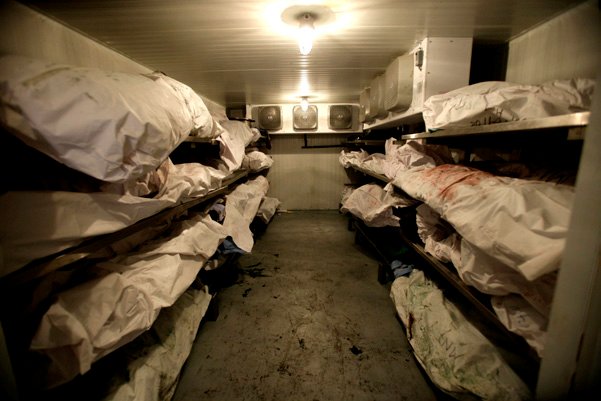| Reports - Effect of Drug Law Enforcement |
Drug Abuse
BACKGROUND
Violence is among the primary concerns of communities around the world, and the illegal drug trade has been identified as a key cause of violence, particularly in urban areas.1-4 While violence has traditionally been framed as resulting from the effects of drugs on individual users (e.g., violence stemming from drug-induced psychosis), violence is increasingly being understood as a means used by individuals and groups to gain or maintain market share of the lucrative illicit drug trade.5-9
In a variety of settings, gangs or cartels that derive their primary financing from illicit drugs have been implicated in a substantial proportion of homicides.10-17 For instance, studies of drug gangs in Chicago have demonstrated that as much as 25% of gang activity involves violent assault and homicide,13 and in Los Angeles, gang-related homicides accounted for 43% of the 1,365 homicides that took place between 1994 and 1995.11
In some instances, response to the illicit drug trade may have contributed to increased militarization of both law enforcement and criminal elements, with a resulting increase in drug-related homicides. For instance, as a result of fighting between the military and Colombian drug cartels, in the year 1991 nearly 1 in 1,000 Colombians was murdered, a rate three times that of Brazil and Mexico and ten times that of the United States at the time. 14 More recently, Mexico has experienced extreme violence subsequent to the 2006 launch of a massive nationwide counter-narcotics campaign.15 In 2008 alone, 6,290 drug-related deaths were recorded in that country, and approximately 17,000 individuals have been killed as a result of the Mexican drug war since
2006.16, 17
“Global drug control efforts have had a dramatic unintended consequence: a criminal black market of staggering proportions. Organized crime is a threat to security. Criminal organizations have the power to destabilize society and governments. The illicit drug business is worth billions of dollars a year, part of which is used to corrupt government officials and to poison economies.”
United Nations Office on Drugs and Crime
In the wake of the upsurge in drug-related violence, governments have often redoubled efforts to reduce this phenomenon through the application of interventions aimed at addressing illicit drug use and supply. Generally, this approach has involved the increased allocation of resources to policing efforts, and governments continue to prioritize the punishment of drug users and the pursuit of drug dealers through law enforcement interventions. 18-21 Despite the ongoing emphasis on policing as the primary means to reduce drug-related harms, prior to this report the existing research on the association between drug law enforcement and violence had not been systematically evaluated. We therefore conducted a systematic review to examine the role that drug law enforcement interventions may play in reducing drug-related violence. Given the widespread assumption that drug law enforcement interventions reduce drug market violence, our primary hypothesis was that the available scientific evidence would demon strate an association between increased drug law enforcement expenditures or intensity and reduced levels of violence.
“Mexico has experienced extreme violence subsequent to the 2006 launch of a massive nationwide counternarcotics campaign.”

Bodies awaiting autopsies crowd a walk-in refrigerator at the morgue in the border city of Ciudad Juarez, Mexico, on February 18, 2009. Bodies stacked in the morgues of Mexico’s border cities tell the story of an escalating drug war. Drug violence claimed 6,290 people in 2008—double the number from the previous year—and more than 1,000 in the first eight weeks of 2009. (AP photo / Eduardo Verdugo)
| < Prev | Next > |
|---|












